(550 products available)







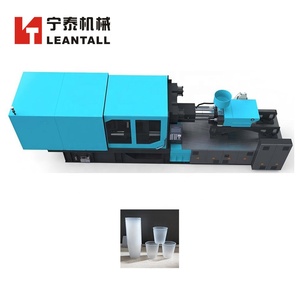





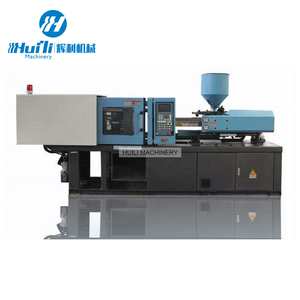























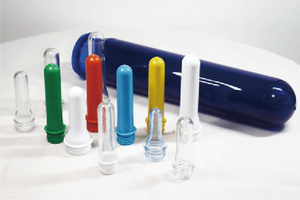











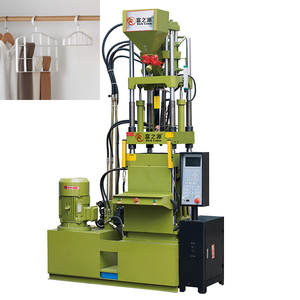




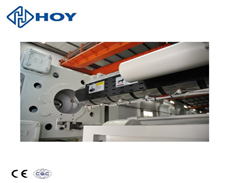

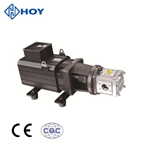







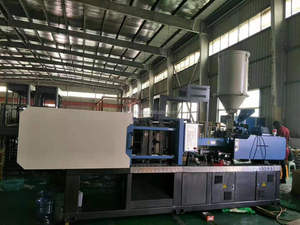
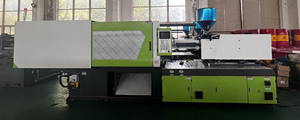

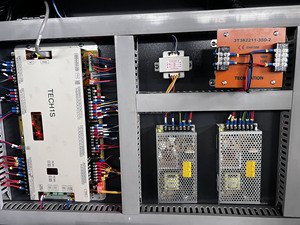
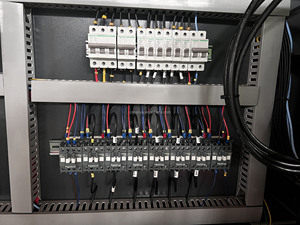


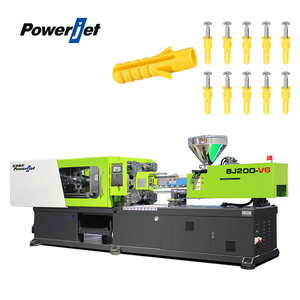



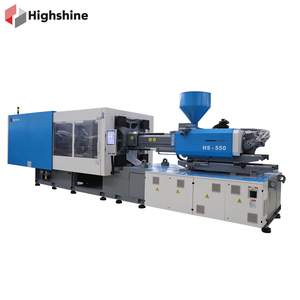


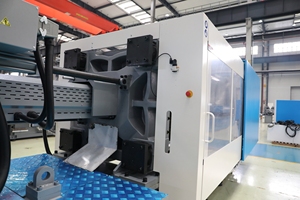




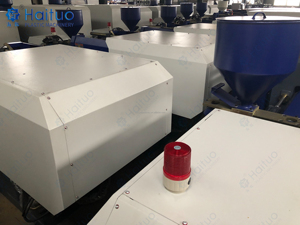

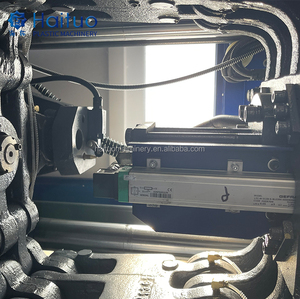


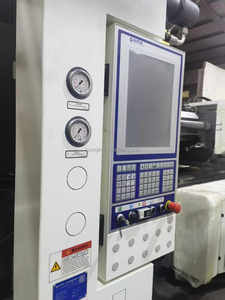
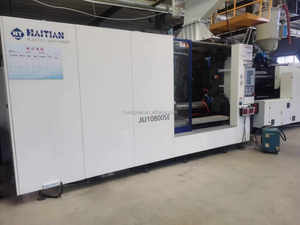
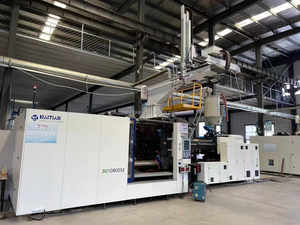



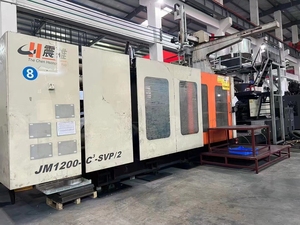



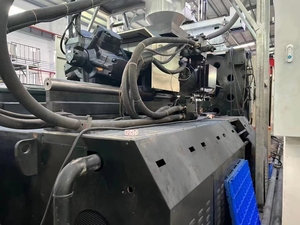
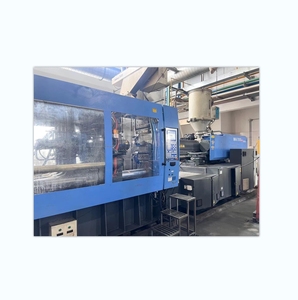







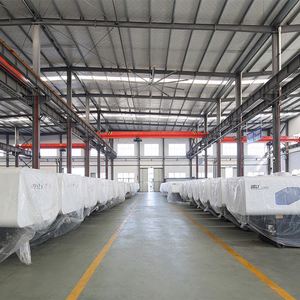
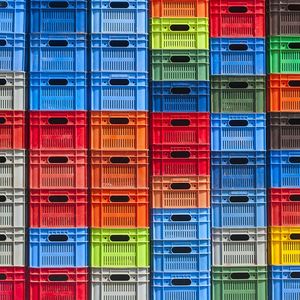
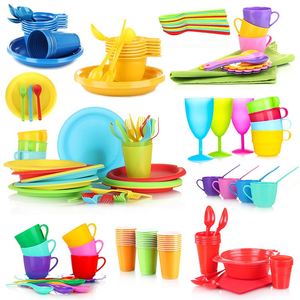
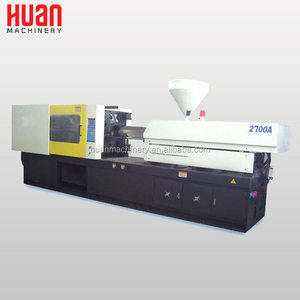

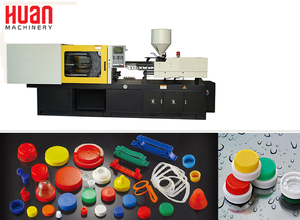
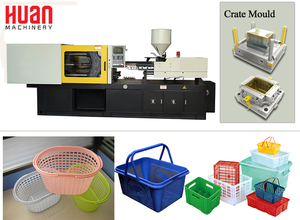

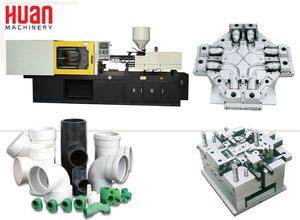

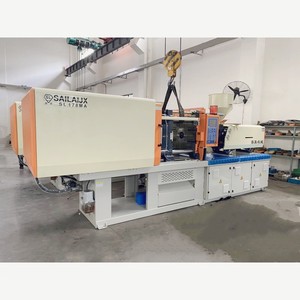

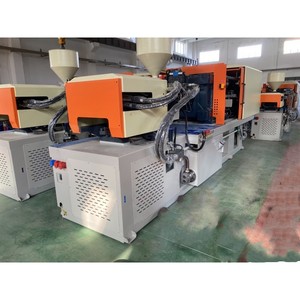










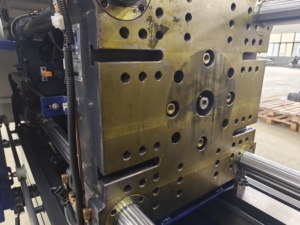






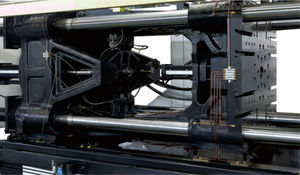
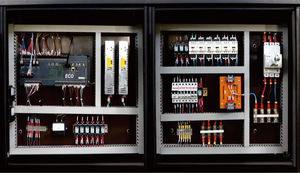










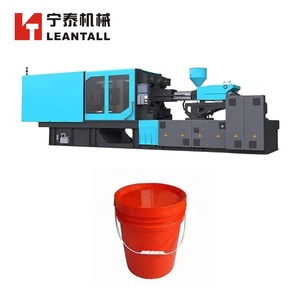
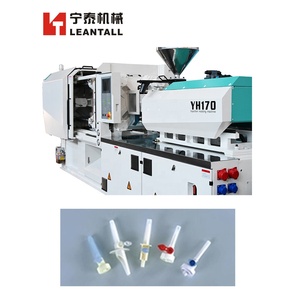

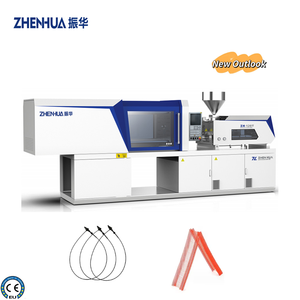








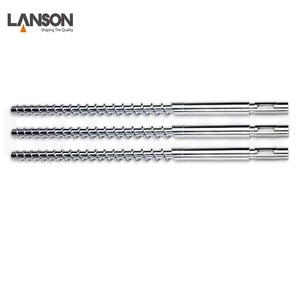



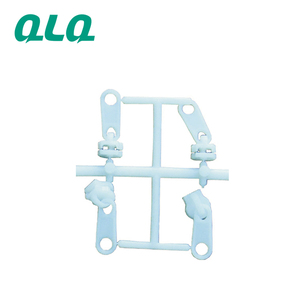
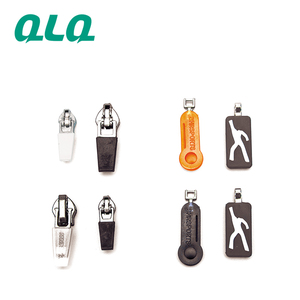






















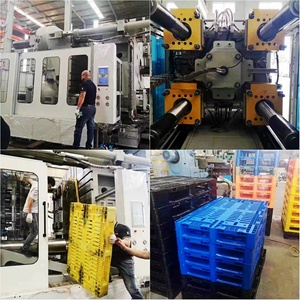
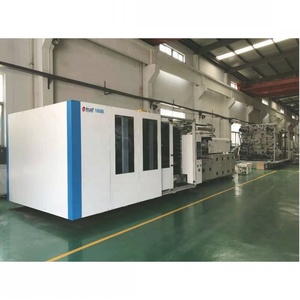

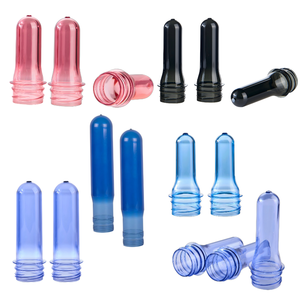





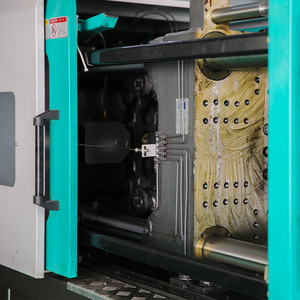




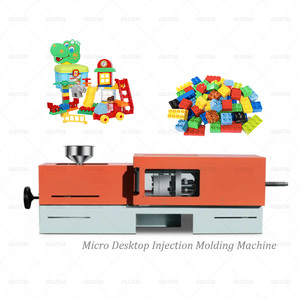





Functional and structural requirements must be matched by many types and models of tie bar plastic injection machines to be consistent with the product's needs. Custom injection molds. Typically utilized for demanding requirements with technical needs and a great level of complexity. They commonly make many elaborate things, such as parts for electrical devices, automobile internals, and other specialized technical instruments that can only be produced by custom injection knives.
Multi-color peristaltic pumps. These types of machines use numerous different-colored fluids to create multiple-color arrangements from a specific item. They are common in toy production. Grease miniature injection machines. They are primarily tailored to produce complex little details and objects on delicate and scaled-down forms; for example, they could make components for watches, intricate toys, or electronic devices. High-speed injection machines. They are machines designed explicitly for fast production rates, often in the shape of large volumes, to meet the production requirements in the low margin and high volume areas. These kinds of machines are regularly found in the production of things like bottles, containers, or packaging.
All-electric injection machines employ electrical power entirely to run all of the operation's movements, control, and drive systems. Compared to those using hydraulic or hybrid systems, these machines often offer greater precision and control, more excellent repetition and a higher environmental sustainability.
Conventional tie bar injection molding machines, which have four tie-bar systems connecting the moving and fixed platens to the clamp system and the mold in the injection unit. Although they are still widely used, traditional four-tie-bar injection molding machines can have limitations in their clamping force distribution and weight. Their weight increases with the machine's size. However, due to the simplicity of the design, the maintenance cost is low.
Considerable emphasis has been placed on the development of injection molding machines with 2 tie bars that have 2 clamping shafts instead of 4. These machines are relatively light, have low energy consumption, and make high production easy. They thus attract attention in small production industries. Oil-pressured tie bars. These machines use oil pressure to drive the injection molding process, which is customary in the industry. They generally meet the production needs of intermediate and low-pressure areas.
Some general specifications of an injection molding tie bar machine are as follow.
In order for the injection molding tie bar machine to operate efficiently over a long period, machine maintenance is essential. To avoid product defects, downtime, and production loss, a well-maintained injection machine can withstand the daily production pressure and provide constant operation without breaking.
Based on the findings of machine maintenance, here are six tips for extending the life of tie-bar plastic injection machines.
Plastic injection molding machines increase productivity and improve product quality in diverse applications. This includes creating plastic products such as toys, automotive parts, industrial components, and packaging.
In the electronics industry, the injection molding machine produces precise and complex parts like casings, connectors, and switches. The machine creates lightweight and sturdy components for the automotive industry. Examples are dashboard trims, headlight bezels, and emission control parts.
The machines also produce medical devices such as syringes, inhalers, and catheter tips. The devices need complex designs and precision molding. With an efficient injection molding process, multiple devices are made in a short time.
Although glass is used for some products, the plastic injection molding machine makes plastic bottles. The bottles are lightweight and unbreakable alternatives. In construction, the injection machine makes window frames, roofing, and insulation materials, to mention a few.
The toys industry relies on the molding machine to create action figures, dolls, and board game pieces. Moreover, the machine produces packaging materials like containers, caps, and clamshells. It also makes consumer goods like tools, dropper bottles, and eyewear.
The following tips can help business buyers select the best injection molding machines for their operations:
Assess production needs
Determine the production volume target and part complexity. Consider the desired output, part intricacy, and quality requirements. If high volumes of simple parts are needed, look for machines with faster cycle times. For low volumes of complex parts, prioritize precision over speed.
Evaluate material requirements
Consider the materials to be molded regarding temperature, viscosity, and moisture content. Research compatibility with the selected machine. Ensure the machine has the capacity and features to handle the materials used.
Check clamping force
Calculate the required clamping force based on part size, geometry, and material. Choose a machine that provides adequate clamping force to mold the parts without deformation or machine operational issues.
Examine automation options
Consider the desired level of automation and productivity. Choose a machine with appropriate automation to match operational needs.
Consider energy efficiency
Select an energy-efficient machine to minimize operating costs and environmental impact. Look for features like servo motors and variable pump technologies.
Review space constraints
Ensure the machine's size fits the available production floor space. Pay attention to the machine's footprint and layout requirements.
Evaluate budget constraints
Balance the machine's cost against features and performance. Prioritize important aspects for part production and assign lower priority to less critical features.
Review technical support
Select a machine brand or model with good technical support. Consider the availability of spare parts, repair services, and expertise.
Q1: How does a tie bar help in machine maintenance?
A1: The tie bars help support the machine as they hold the moving platen, fixed platen, and clamp cylinder in place. They also allow for consistent alignment and easy access to the mold for maintenance and repair.
Q2: What material is used for the tie bar in injection machines?
A2: Usually, machines use high-steel blocks. This material provides optimal support and strength to the injection molding machine. It can also withstand the forces that come from clamping during the molding process.
Q3: What’s the relationship between tie bars and machine precision?
A3: Tie bars contribute significantly to the precision of an injection molding machine. They ensure that the moving and fixed platens maintain their positions accurately during molding. This consistent alignment enhances the precision of mold cavities, resulting in precisely molded products.
Q4: Can an injection molding machine function without tie bars?
A4: Yes, some machines don't have tie bars. Such machines use alternative designs, like e-beams or hubless models, to provide support for the platens. While these machines without tie bars may function adequately for certain applications, tie bar designs are more common due to their efficacy in precision molding and generally heavier-duty applications.